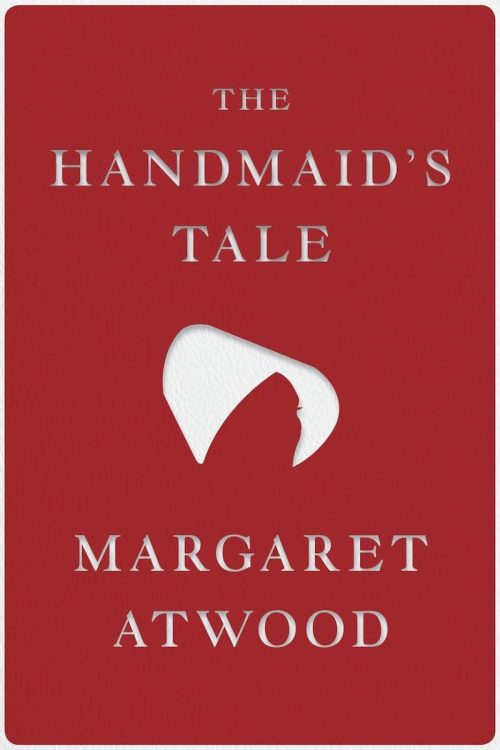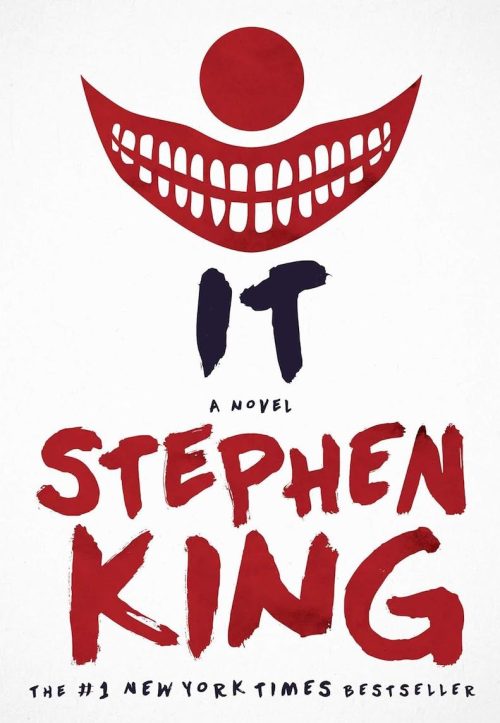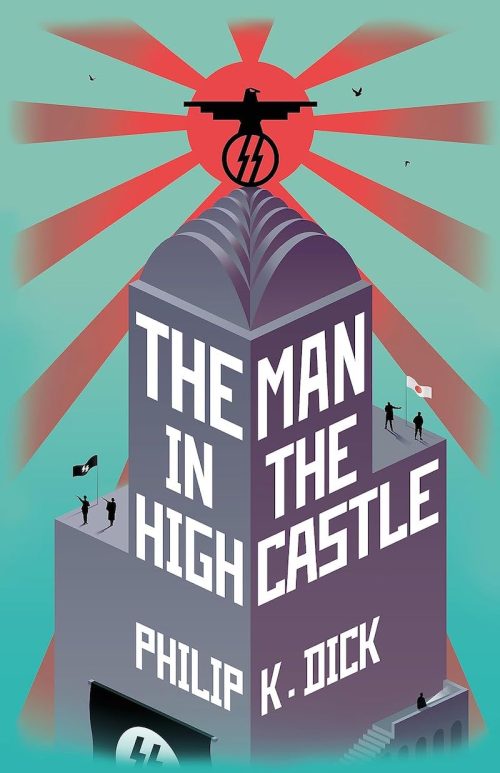10 Famous Book Endings That Leave Us All Confused

When it comes to books, everyone’s taste is different. But, if you prefer stories where everything is wrapped up in a bow and avoid “it was all a dream”-style reveals, then the novels below probably aren’t for you. These 10 books are infamous for their confusing endings. Some have epic twists that re-contextualize everything that came before, others are told by unreliable narrators, and a few are purposely bewildering. Many of these difficult books have been made into film and TV adaptions, giving viewers another way to take in the stories and try to find some clarity. (Emphasis on try, in some cases.) Read on for 10 books with some seriously mystifying endings and see how many of them you’ve managed to make sense of. (Spoilers ahead!)
RELATED: 7 Oscar-Winning Movies That Are Offensive by Today’s Standards.
1
Finnegans Wake by James Joyce

It’s not just the ending of James Joyce’s Finnegans Wake that has been stumping readers for decades—it’s also widely considered one of the hardest books to read, period. The 1939 novel was written in an experimental style that doesn’t follow typical storytelling convention. As for the ending, the final line of the book completes the half-sentence that the book begins with, creating a circular story.
RELATED: The 10 Hardest Video Games of All Time.
2
The Trial by Franz Kafka

Readers might find themselves frustrated by Franz Kafka’s The Trial, which was published in 1925, because of the lack of information they’re given throughout the book and even at its end. The main character, Josef, is accused of a crime at the beginning of the story, doesn’t know what he’s done, and repeatedly has to deal with a mysterious court system. By the book’s conclusion, he is suddenly executed with no actual trial.
3
Atonement by Ian McEwan

The twist ending in Ian McEwan’s Atonement means that readers have to look back on which parts of the story they just read actually happened in its universe and which were just imagined. The 2001 book ends with the reveal that the main character, Briony, is now a 77-year-old writer who has retold a story about her sister and her sister’s lover to give them the happy ending they were denied in real life. The tale is Briony’s way of atoning for being the cause of an event that actually set the two down a tragic path.
4
Life of Pi by Yann Martel

Yann Martel’s 2001 novel Life of Pi also has a twist ending… or does it? The book seems to be written in the style of magical realism and is about a boy named Pi, who is stranded on a lifeboat with a tiger, an orangutan, and a zebra after a shipwreck. Together, the human and his animal companions endure a series of surreal events. But, when Pi has made it to safety, officials question his story and he says that there’s another version, in which the animals actually represent other survivors attempting to make it to safety. He asks which story they prefer, and readers are left with the same question.
5
The Handmaid’s Tale by Margaret Atwood

The Handmaid’s Tale is Margaret Atwood’s 1985 novel about a dystopian future in which women are stripped of their rights and many are no longer fertile. The ones who can become pregnant are made to become “handmaids” and are raped by upper-class men in an attempt to reproduce. The book centers the story of one of these handmaids, Offred, including her realization that there is a conspiracy to overthrow this society. The book ends with Offred being taken away from the home she was forced into, yet it’s being unclear if she’s being removed by the resistance group or those in power. On top of that, there’s an epilogue from further into the future that refers to Offred’s story as part of a historical record. Readers are challenged to imagine for themselves what that future looks like.
RELATED: 27 Movies With Shocking Twist Endings You Won’t Recover From.
6
It by Stephen King

In Stephen King’s It, published in 1986, the malevolent force terrorizing the town of Derry, Maine is even more slippery than it is in the movie. While the evil clown Pennywise has become an iconic image in horror, It takes on many other forms, including a spider, in the book. The children who’ve become aware of It’s existence have to destroy all the spider’s eggs, so that more versions of It aren’t born. Adding to the confusion in the 1,110-page novel are the inclusion of a turtle who created the universe, the scene in which all of the boys have sex with the lone girl of the group in order to shore up their strength to fight the monster, and an ancient battle known as the Ritual of Chüd.
7
The Giver by Lois Lowry

For many children, reading The Giver by Lois Lowry is a rite of passage. The novel’s man character is a boy named Jonas, who lives in a dystopian society devoid of color, uniqueness, and memories—both good and bad—from the time before the society existed. He is chosen to be one of the rare people who holds these memories and they are taught to him by a figure called the Giver. The ending of the 1993 novel is ambiguous, as it’s unclear whether Jonas survives his attempt to to leave the oppressive community. (Years later, sequel books revealed the outcome.)
8
American Psycho by Bret Easton Ellis

American Psycho revolves around Patrick Bateman, who is either an investment banker and serial killer, an investment banker experiencing delusions that he is a serial killer, some combination of the two, or neither. In Bret Easton Ellis’ extremely graphic 1991 book, Patrick is an unreliable narrator, so it’s unclear even until the final page what he’s actually done. He appears to confess his crimes to several people, yet there are never consequences for the supposed murders.
9
Blood Meridian by Cormac McCarthy

Cormac McCarthy’s Blood Meridian follows a character known as the Kid throughout much of his life, including his repeated run-ins with the mysterious Judge Holden. It’s not spelled out for readers whether Holden is a mystical force, the embodiment of evil, an actual man, or something else entirely. His identity becomes even more confusing at the end when Holden and the Kid’s final meet-up involves the Kid entering a saloon outhouse where a naked Holden grabs him. People who witness what happens in the outhouse are shocked, but while Holden reenters the saloon, the Kid’s fate is not revealed in the 1985 novel.
RELATED: 7 Book-to-Movie Adaptations You Have to See and Where to Stream Them.
10
The Man in the High Castle by Philip K. Dick

The 1962 Philip K. Dick novel The Man in the High Castle is set in an alternative history in which Japan and Nazi Germany won World War II and have each taken over sections of the United States. But, within the book exists another book titled The Grasshopper Lies Heavy, in which the characters in The Man in the High Castle can read about an alternative history in which the Allies won the war. At the end of the book, it’s unclear which of these two realities they’re living in.
For more celebrity news delivered right to your inbox, sign up for our daily newsletter.